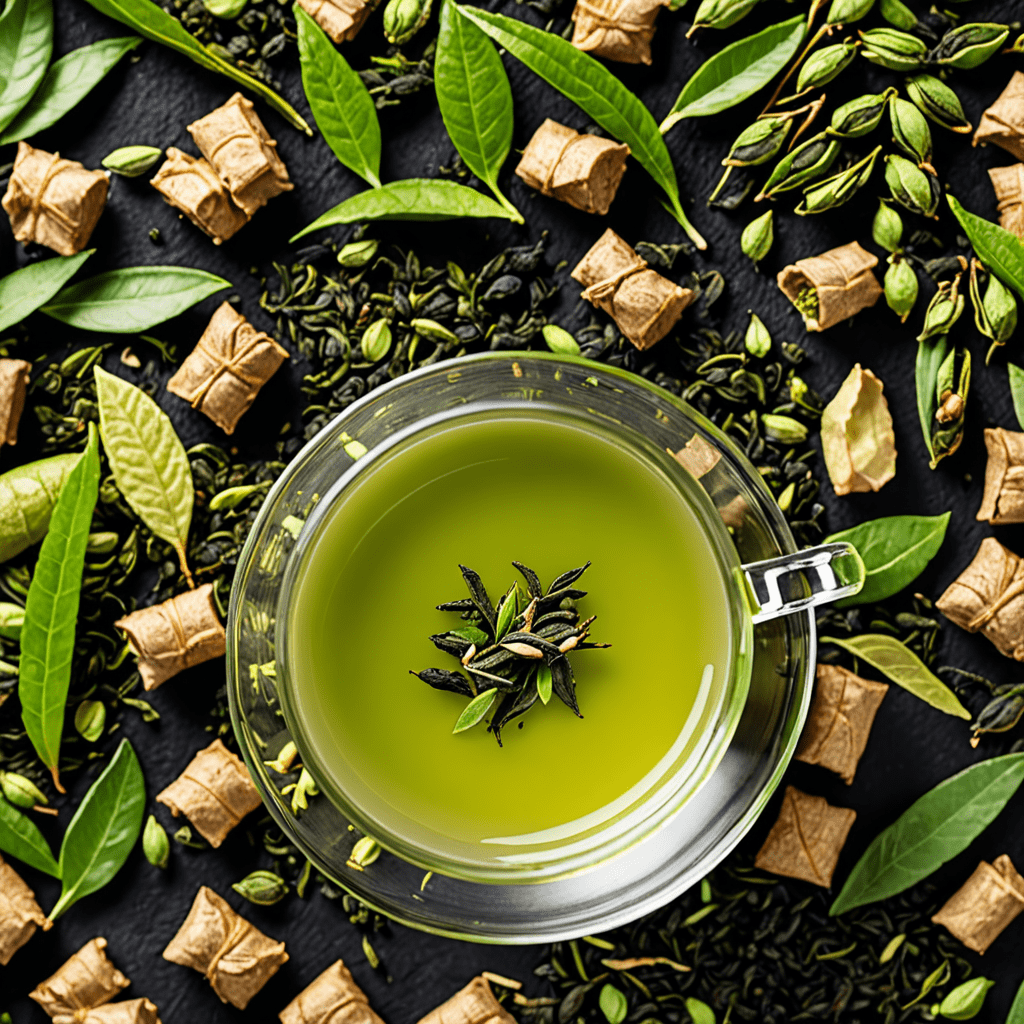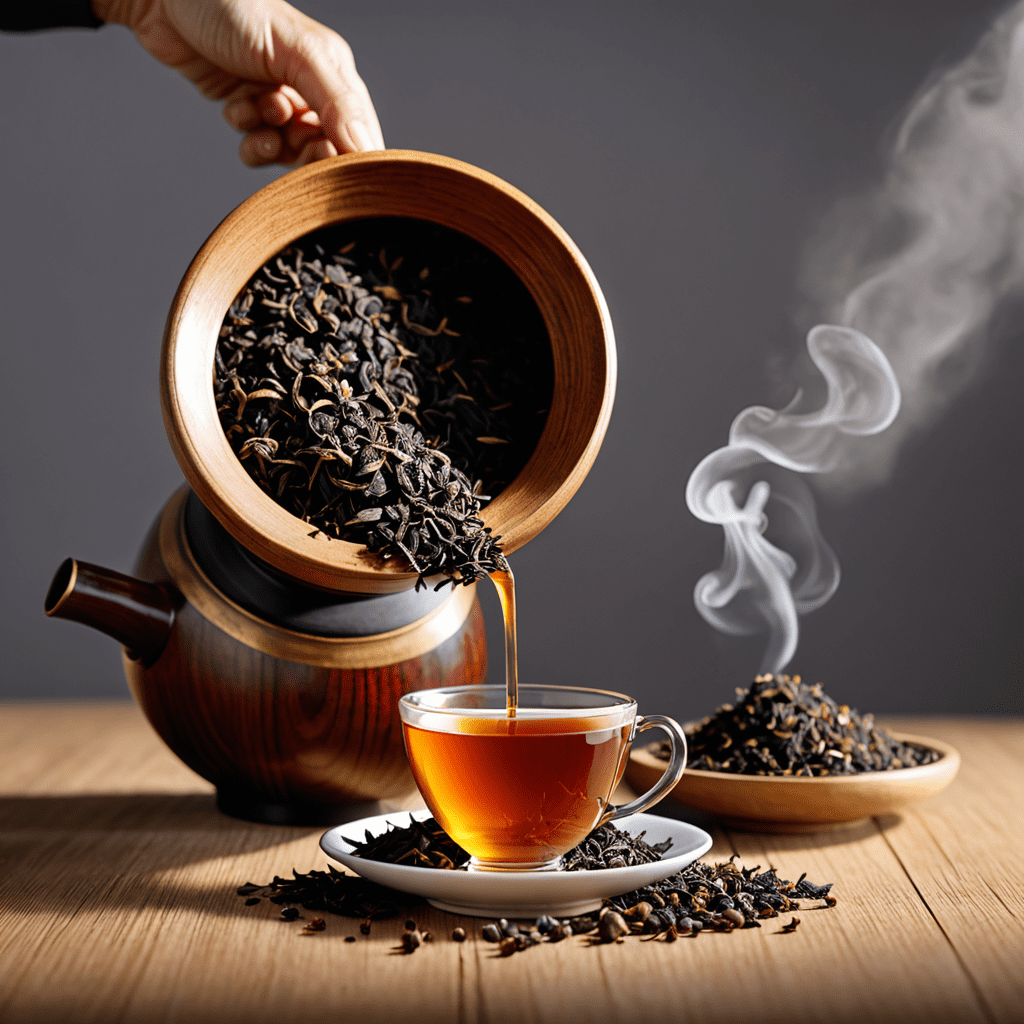
Introduction to Chai Tea: A Symphony of Spices
Chai tea, a captivating concoction of aromatic spices steeped in black tea, has enchanted palates worldwide. Its name, derived from the Hindi word for "tea," belies a rich history interwoven with ancient Ayurvedic traditions and contemporary global indulgence.
Tracing the Origins of Chai: From Ayurvedic Rituals to Global Indulgence
Chai originated in India centuries ago, where it held a revered place in Ayurvedic medicine. Composed of a medley of spices believed to possess therapeutic properties, chai was consumed to promote well-being and balance. Over time, this aromatic elixir gained popularity beyond India's borders, captivating taste buds and inspiring countless variations across the globe.
Exploring the Aromatic Tapestry of Chai: A Fusion of Cardamom, Ginger, and Cloves
Chai's enchanting flavor profile stems from a harmonious blend of spices. Cardamom, with its sweet yet pungent notes, forms the backbone of chai's aromatic tapestry. Ginger, with its invigorating warmth, adds a spicy kick, while cloves impart a subtly pungent and earthy dimension. The precise blend of these spices varies regionally, creating a kaleidoscope of flavors that cater to diverse preferences.
Unlocking the Health Benefits of Chai: A Treasure Trove of Antioxidants and Anti-inflammatories
Beyond its captivating flavor, chai offers a wealth of potential health benefits. Its potent blend of spices is a rich source of antioxidants, which help combat free radical damage and may reduce the risk of chronic diseases. Moreover, ginger's anti-inflammatory properties may alleviate symptoms of nausea, indigestion, and arthritis.
Crafting the Perfect Cup of Chai: A Guide to Brewing Methods and Ingredients
Brewing the perfect cup of chai is an art that requires careful attention to ingredients and technique. Traditional methods involve simmering black tea leaves with a mixture of spices and milk in a pot until aromatic and flavorful. Alternatively, pre-made chai tea bags are available for a quick and convenient option. Regardless of the method, using high-quality ingredients and adhering to proper brewing ratios are key to creating a truly satisfying cup of chai.
Variations on a Theme: Regional and Cultural Adaptations of Chai
Chai's versatility has led to countless regional and cultural adaptations. In India, for instance, chai is often prepared with a base of black tea and a blend of spices that may include cinnamon, nutmeg, or black pepper. In Pakistan, it is commonly known as "doodh patti" and is characterized by a stronger tea base and the addition of almonds or pistachios. Beyond the Indian subcontinent, chai has been embraced and reinterpreted, with variations emerging in countries like Morocco, Turkey, and the United Kingdom.
Chai as a Culinary Delight: Sweet and Savory Pairings
Chai's unique flavor profile makes it a versatile culinary companion. Its sweet and spicy notes pair harmoniously with an array of desserts, from traditional Indian sweets like gulab jamun to Western-style pastries. However, chai's culinary prowess extends beyond sweet pairings. Its bold flavors can complement savory dishes as well, adding depth and warmth to curries, soups, and even grilled meats.
The Social Significance of Chai: A Unifying Elixir for Gatherings and Celebrations
In many cultures, chai holds a deep social significance. It is a beverage that fosters connections, sparks conversations, and brings people together. Chai is often served at communal gatherings, weddings, and religious festivals. Its aromatic allure creates a convivial atmosphere, encouraging a sense of warmth and belonging.
Chai in Literature and Art: A Muse for Poets and Painters
Chai's enchanting qualities have inspired countless works of literature and art. Poets have penned verses extolling its virtues, while painters have captured its vibrant hues and soothing aroma on canvas. Chai has become a symbol of cultural heritage and a muse for creative expression.
Chai's Enduring Legacy: A Timeless Tradition for Generations to Come
Chai's enduring legacy is testament to its timeless appeal. Its ability to comfort, invigorate, and inspire has captivated generations. As the world continues to evolve, chai's popularity shows no signs of waning. It remains a cherished beverage, connecting cultures, promoting well-being, and enriching lives with its aromatic delights.
FAQ
What are the main spices used in chai?
Cardamom, ginger, and cloves are the core spices in traditional chai.How can I make chai at home?
Simmer black tea leaves with a mixture of spices and milk in a pot until aromatic and flavorful.What are the health benefits of chai?
Chai is a rich source of antioxidants and anti-inflammatories.
What is the difference between chai and masala chai?
Masala chai is a specific type of chai that includes a blend of spices, typically including cardamom, ginger, cloves, cinnamon, and black pepper.Where can I find chai?
Chai is widely available in coffee shops, tea houses, and grocery stores.


